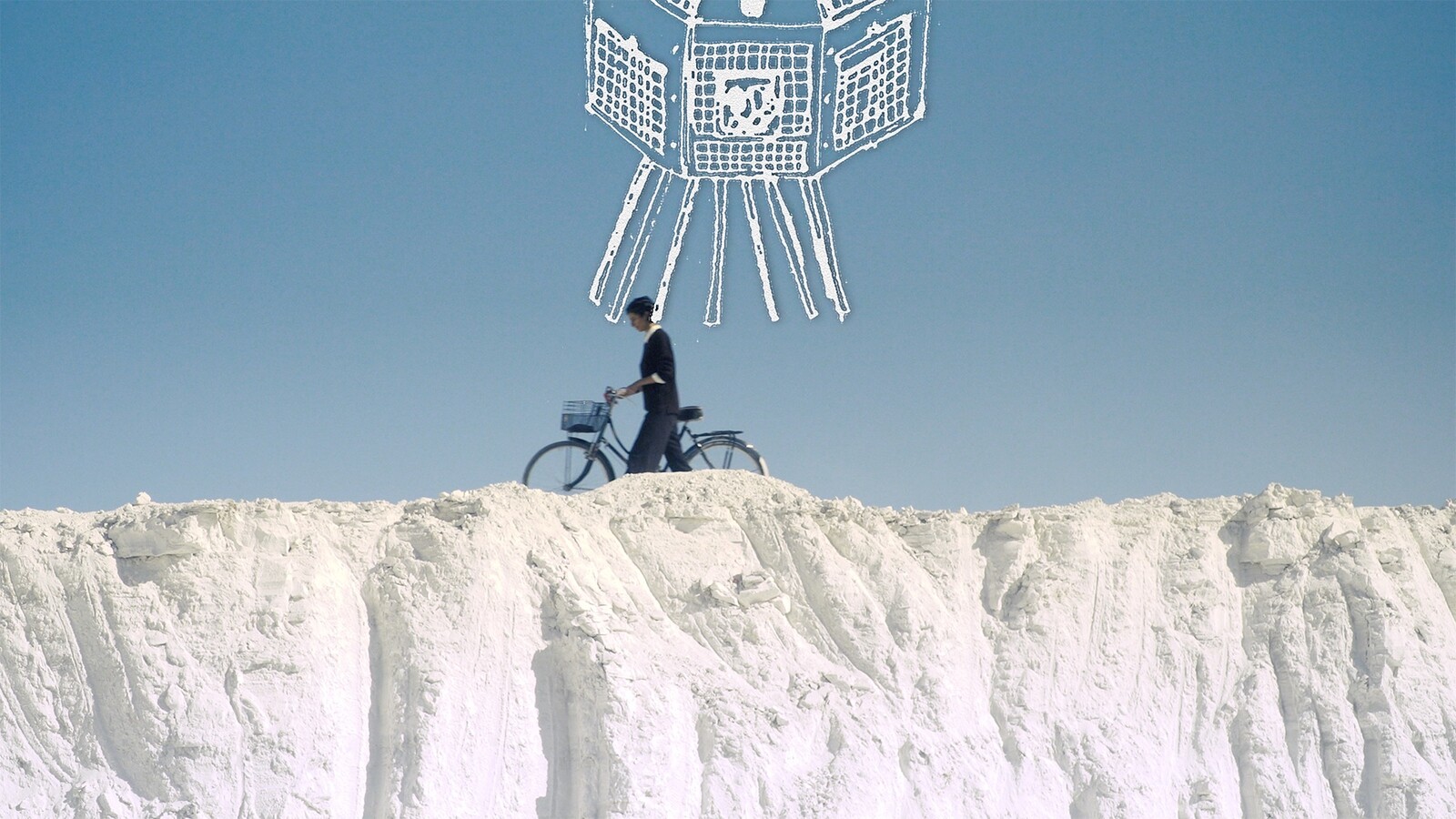Categories
Subjects
Authors
Artists
Venues
Locations
Calendar
Filter
Done
April 18, 2025 – Review
Lina Lapelytė’s “In The Dark, We Play”
Ben Eastham

The vestibule of The Cosmic House, the postmodernist fantasia realized by Charles Jencks in a West London townhouse, is ringed by William Stok’s frieze of a symposium of thinkers ranging from Imhotep to Hannah Arendt. Such is the colossal immodesty of the architect’s project—a model of all space and time compressed into five floors linked by a helical “sun stair”—that it’s only a surprise Jencks didn’t insist on being painted into the conversation: sharing a joke, perhaps, with John Donne and the Emperor Hirohito. This transhistorical vision provides the unlikely inspiration for Lina Lapelytė’s intervention into this family home-cum-cosmological model, realized in collaboration with Nouria Bah, Anat Ben-David, Angharad Davies, Sharon Gal, Rebecca Horrox, and Martynas Norvaišas.
Unlikely because the aesthetic commitments of the architect and artist seem so diametrically opposed. Jencks, who designed his domestic utopia with Maggie Keswick Jencks and Terry Farrell, was an unabashed maximalist for whom irony, syncretism, and pleasurable excess were foundational principles. Lapelytė’s installation, by contrast, is understated, austere, and entirely earnest. It comprises a dozen minimalist musical compositions—filmed in parts of the house ranging from its loo to its library—playing on screens placed discreetly into various nooks and crannies. The visitor finds …
April 18, 2023 – Review
Raqs Media Collective’s “1980 in Parallax”
Patrick Langley

Charles Jencks was a pioneer of postmodern architecture—or “bastard classicism,” as his American detractors put it. In 1979 the American-born polymath and his wife, the garden designer and historian Maggie Keswick Jencks, purchased a large townhouse in London’s Holland Park and extensively redesigned it over the next five years. At once a family home and a “built manifesto,” The Cosmic House nods to Ancient Egyptian, Baroque, and Hindu architecture, modern science and urban planning, the Zodiac, western philosophy, and much else besides. Jencks integrated his eclectic references into a rich (and kitsch) symbolic scheme that sought to reconcile micro- and macrocosms: domestic pleasures and cosmic immensities; private gags and philosophical traditions. A cantilevered spiral staircase at the center of the building, for example, doubles as a model of the solar year with fifty-two steps for each week; at its base is Eduardo Paolozzi’s circular mosaic Black Hole (1982).
Leading off from this mosaic is the basement gallery, home to an elegant exhibition by New Delhi-based Raqs Media Collective. (Jencks was co-designing the gallery with his daughter Lily until his death in 2019; the museum opened to the public two years later.) Founded in 1992 by Jeebesh Bagchi, Monica Narula, and …